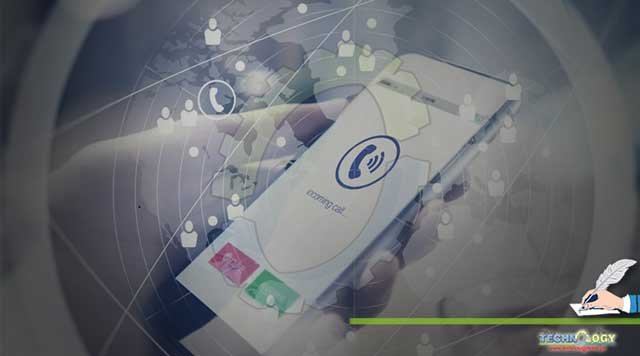In recent years, the acceptance of digital financial services has seen rapid growth in Pakistan. Unfortunately, this rise has come hand-in-hand with scammers trying to take advantage of unsuspecting customers to defraud them in various ways.

By Ammar Muzaffar
Social engineering, phishing and call masking are just some of the techniques through which people with malicious intentions deceive users into sharing their credentials and resultantly cause them to lose funds from their digital accounts.
One of the most common ways of conducting this scam is through call masking. Financial service providers and banks have helplines and scammers mask their numbers to appear as these official numbers. The victim gets a call which appears to be from their bank, but is actually from a different number. The fraudster then poses as a representative of the bank and customers are coerced to share their details including OTP/PIN with them.
Fraudsters often use either of the following statements to convince the customer:
i. Account is not verified and will be blocked if the codes received by the customer are not shared
ii. Money was incorrectly sent and sharing codes will help the Bank pull the money back Banks and digital payment platforms have been continuously educating customers that the organization will never call from their helpline and ask for details as most helpline numbers only process inbound calls and banks do not call customers from these numbers. Customers must stay cautious of numbers which look like the official helpline and not share their details including OTP/PIN with anyone under any circumstances. Whenever in doubt, hang up and call the helpline to inquire from the Bank on the facts of the call.